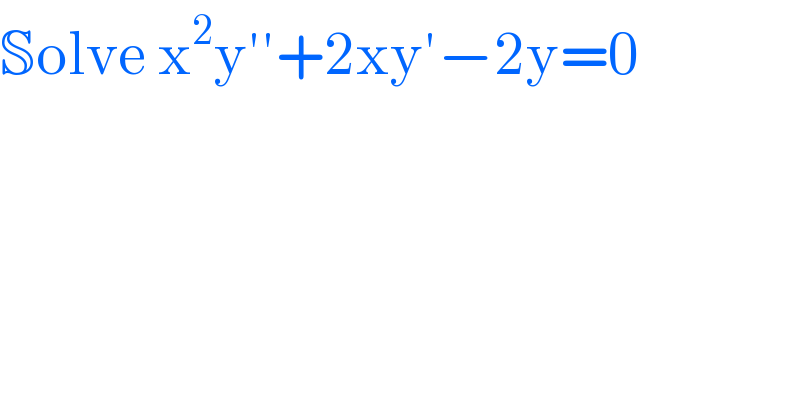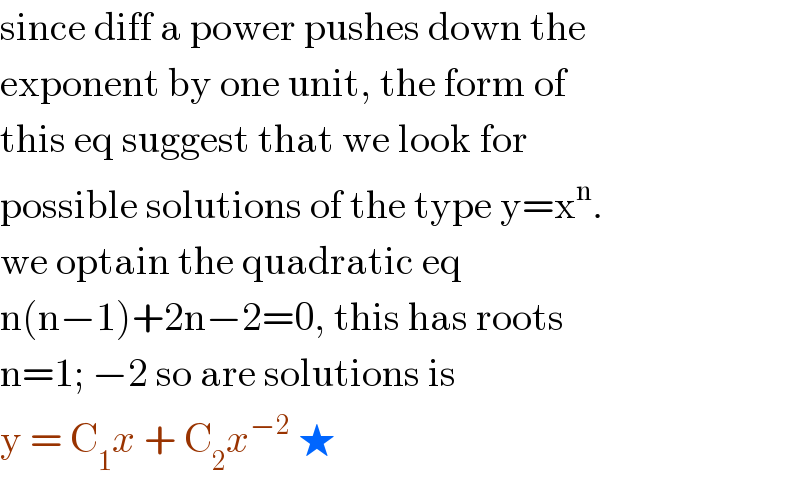
Question and Answers Forum
Previous in Differential Equation Next in Differential Equation
Question Number 100323 by bobhans last updated on 26/Jun/20

Commented by bemath last updated on 26/Jun/20

Answered by mathmax by abdo last updated on 27/Jun/20

Commented by mathmax by abdo last updated on 27/Jun/20

